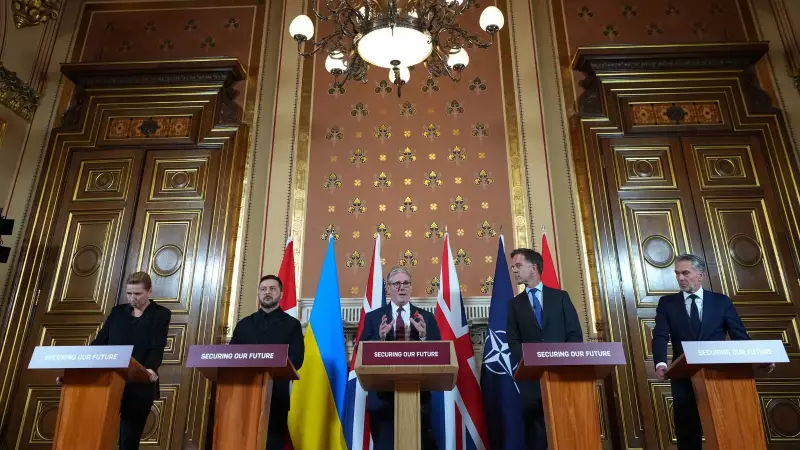
In a financial maneuver that could significantly alter the Ukraine conflict landscape, the world's most powerful economies have reached a consensus to weaponize frozen Russian assets. The G7 nations are set to unlock billions in immobilized funds to directly support Ukraine's defence and reconstruction efforts.
The Financial Arsenal: How It Works
The groundbreaking agreement, finalized during the recent G7 summit in Italy, represents one of the most innovative uses of international sanctions in modern history. Rather than simply freezing approximately $300 billion in Russian central bank assets held abroad, Western nations have devised a mechanism to make these funds work for Ukraine's survival.
The plan operates on two strategic fronts:
- Immediate military and humanitarian assistance through interest earned on frozen assets
- Long-term reconstruction funding using the principal amount as collateral
Bridging the Transatlantic Divide
What makes this development particularly remarkable is how it reconciles previously conflicting approaches between the United States and European allies. While Washington advocated for outright seizure of Russian assets, European capitals expressed caution due to legal concerns and potential economic repercussions.
The compromise solution demonstrates unprecedented Western unity in confronting Russian aggression. European Union officials, initially hesitant about the legality of asset confiscation, have now aligned with the US position, creating a formidable financial coalition.
The Numbers Behind the Strategy
The financial engineering involved is both sophisticated and substantial. The majority of frozen Russian assets—approximately $280 billion—are held within European jurisdictions, primarily in Belgium. These immobilized funds have been generating significant interest income, which will now be directed toward Ukraine's urgent needs.
Key financial components include:
- Utilizing interest earnings from frozen assets for immediate military support
- Creating loan mechanisms backed by future asset returns
- Establishing legal frameworks to ensure the strategy withstands international scrutiny
Global Implications and Russian Response
This financial strategy extends far beyond the immediate Ukraine conflict. It sets a powerful precedent for how international coalitions can leverage economic tools in future geopolitical confrontations. The message to aggressor nations is clear: economic consequences will be both immediate and long-lasting.
Moscow has responded with predictable fury, threatening "severe" retaliation and labeling the move as "theft." However, Western legal experts argue the action falls within established international law parameters governing conflict situations.
The Road Ahead for Ukraine Support
As the conflict enters its third year, this financial innovation arrives at a critical juncture. Ukrainian forces have faced ammunition shortages and equipment deficits, while the country's infrastructure requires massive reconstruction investment.
The G7's financial masterstroke not only provides immediate relief but also creates a sustainable funding model that could support Ukraine through what may be a prolonged conflict and eventual recovery phase.
This coordinated approach represents perhaps the most significant development in the economic dimension of the Ukraine war since the initial sanctions were imposed. It demonstrates that Western commitment to Ukraine's defence extends beyond military hardware to innovative financial warfare strategies.





